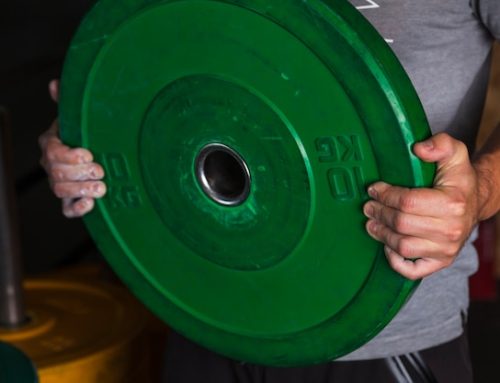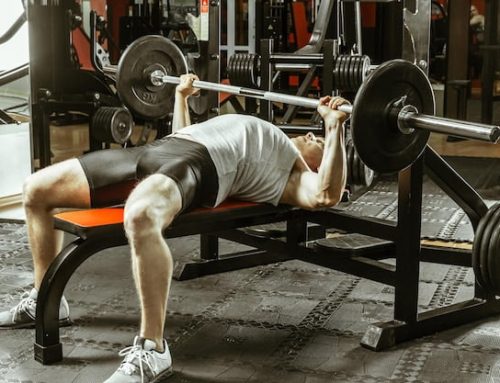Introduction
Weightlifting is one of the most popular activities for people who want to build muscle. There are different techniques that people use to maximize their muscle growth, and high-rep weightlifting is one of them. Many people believe that lifting heavy weights with low reps is the most effective way to build muscle, but increasing the number of reps can also be beneficial. In this article, we’ll explore whether high-rep weightlifting can help build muscle.
What is High-Rep Weightlifting?
High-rep weightlifting involves performing exercises with a high number of repetitions. The exact number of reps can vary depending on the individual and the exercise, but it typically involves doing more than 15 reps per set. This is in contrast to low-rep weightlifting, which involves performing exercises with fewer than 6 reps per set.
Benefits of High-Rep Weightlifting
One of the main benefits of high-rep weightlifting is that it can help increase muscular endurance. When you perform exercises with a high number of reps, your muscles become accustomed to working for longer periods of time. This can help you perform better in activities that require endurance, such as running or cycling.
Another benefit of high-rep weightlifting is that it can help increase blood flow and oxygen to your muscles. This can promote muscle growth, as well as improve overall cardiovascular health. Additionally, high-rep weightlifting can be a good way to burn calories and lose fat, as the high number of reps can increase your heart rate and metabolism.
Can High-Rep Weightlifting Help Build Muscle?
When it comes to building muscle, the general consensus is that low-rep weightlifting is more effective. This is because lifting heavy weights with low reps can help activate fast-twitch muscle fibers, which are responsible for explosive movements and muscle growth. However, high-rep weightlifting can still be effective for building muscle, especially for beginners.
When you perform exercises with a high number of reps, you’re still applying tension to your muscles, which can help stimulate muscle growth. Additionally, the increased blood flow and oxygen to your muscles can help promote muscle recovery and growth. However, it’s important to note that as you progress and get stronger, you may need to increase the weight you’re lifting in order to continue building muscle.
How to Incorporate High-Rep Weightlifting into Your Workout
If you’re interested in incorporating high-rep weightlifting into your workout, there are a few things to keep in mind. First, it’s important to choose the right exercises. Compound exercises, such as squats, deadlifts, and bench presses, are ideal for high-rep weightlifting, as they work multiple muscle groups and allow you to lift heavier weights.
Second, you’ll want to choose the right weight. When doing high-rep weightlifting, you want to choose a weight that allows you to perform the desired number of reps with proper form. If you’re struggling to complete the reps, the weight is likely too heavy. Conversely, if you’re able to perform the reps with ease, the weight is likely too light.
Finally, it’s important to give your muscles time to recover. High-rep weightlifting can be taxing on your muscles and nervous system, so it’s important to give your body time to rest and recover between workouts. This can help prevent injuries and promote muscle growth.
Sample High-Repetition Workout
If you’re looking to try high-rep weightlifting, here’s a sample workout to get you started:
| Exercise | Sets x Reps | Rest Time |
|---|---|---|
| Squats | 3 x 15 | 90 seconds |
| Bench Press | 3 x 15 | 90 seconds |
| Deadlifts | 3 x 15 | 90 seconds |
| Overhead Press | 3 x 15 | 90 seconds |
| Barbell Rows | 3 x 15 | 90 seconds |
Conclusion
In conclusion, high-rep weightlifting can be a beneficial way to build muscle and improve overall fitness. While low-rep weightlifting is often considered more effective for muscle growth, high-rep weightlifting can still be effective, especially for beginners. If you’re interested in incorporating high-rep weightlifting into your workout, be sure to choose the right exercises, choose the right weight, and give your muscles time to recover. With the right approach, you can build muscle and achieve your fitness goals.






